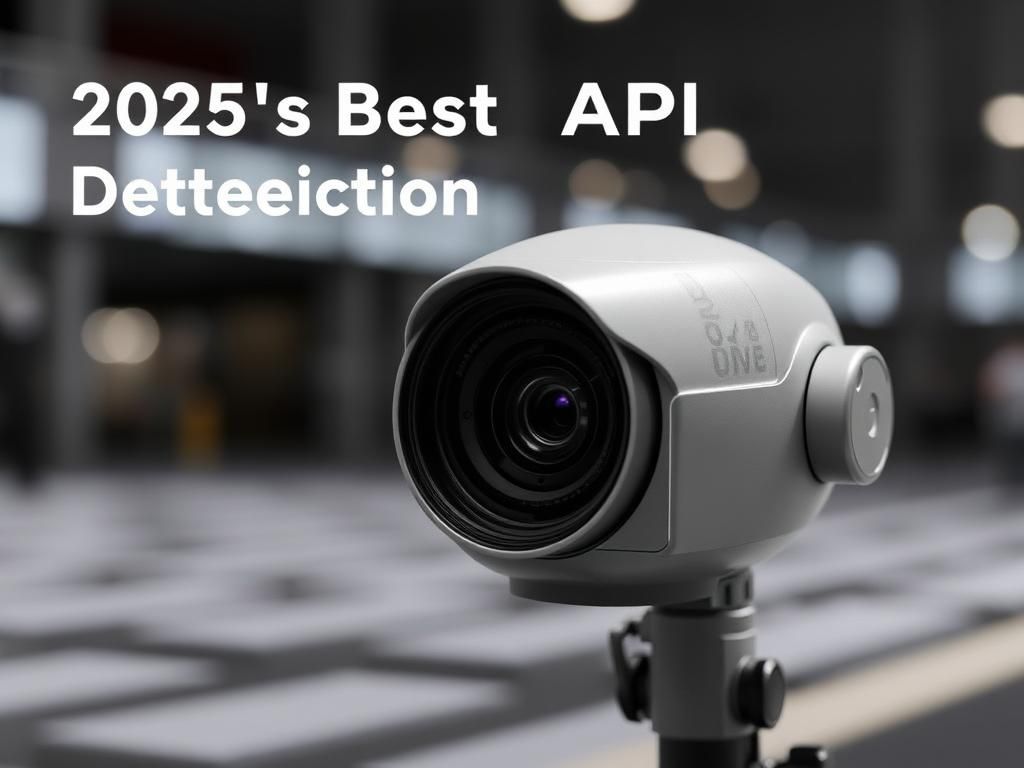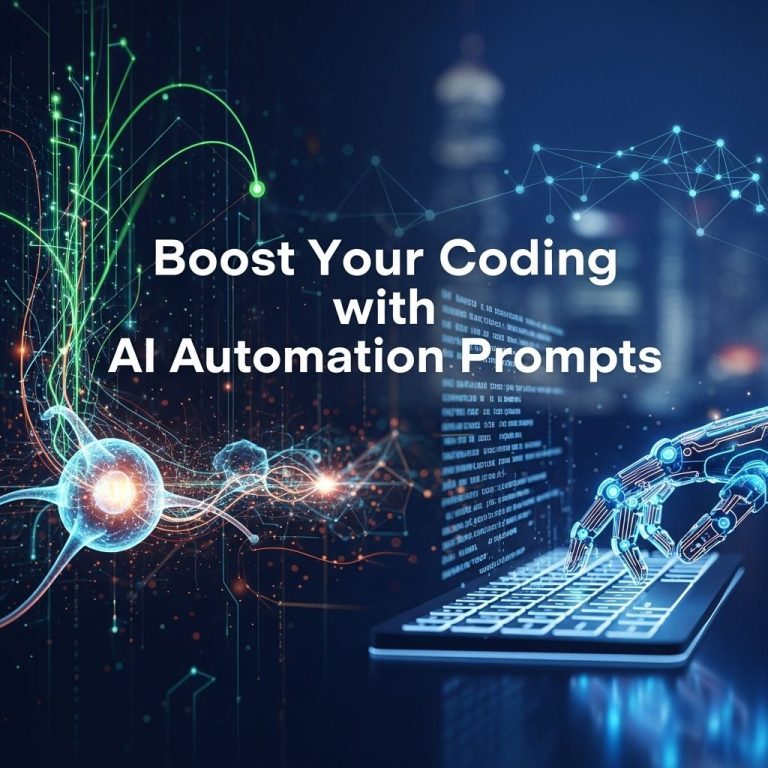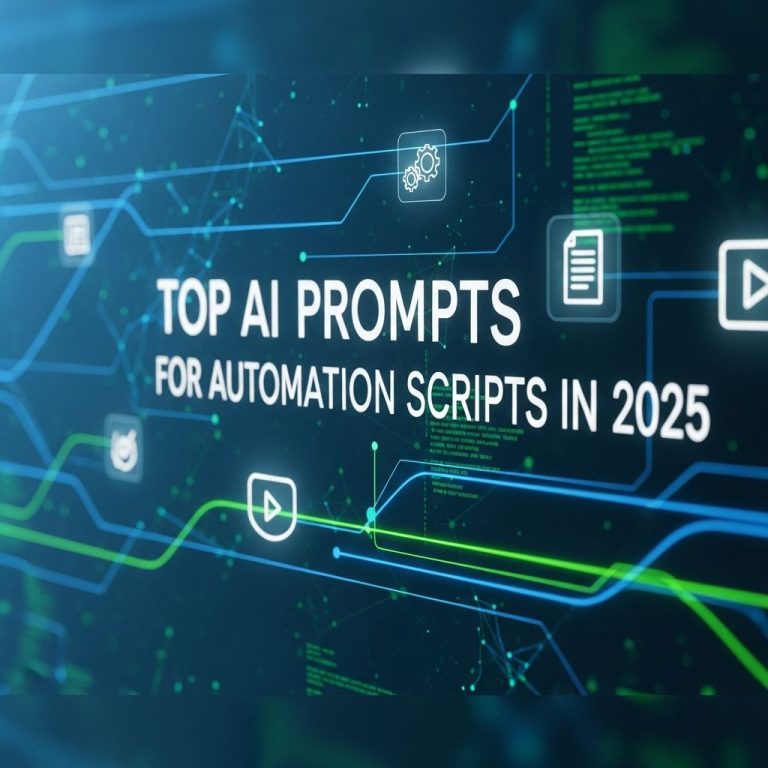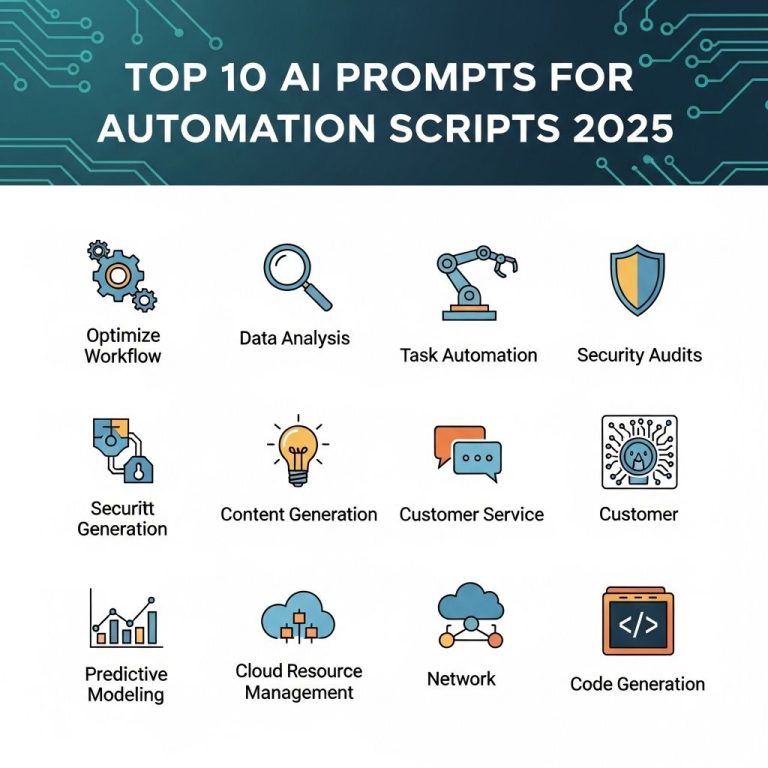In the ever-evolving landscape of artificial intelligence and machine learning, object detection has emerged as a pivotal technology across various applications—from autonomous vehicles to smart surveillance systems. As we move into 2025, the demand for efficient, accurate, and scalable APIs for object detection continues to rise, catering to developers and businesses aiming to incorporate advanced computer vision capabilities into their projects. This article explores some of the standout APIs expected to dominate the market, examining their features, strengths, and use cases.
Understanding Object Detection
Object detection refers to the technique of identifying and classifying multiple objects within a single image or video frame. This technology not only recognizes objects but also locates them, usually within bounding boxes. The significance of object detection extends across numerous sectors:
- Security: Enhancing surveillance systems to identify unauthorized individuals or unusual behavior.
- Retail: Analyzing shopper behavior and improving inventory management by tracking product interactions.
- Healthcare: Assisting in diagnosis by analyzing medical images.
- Automotive: Powering self-driving cars to recognize pedestrians, road signs, and other vehicles.
Top Object Detection APIs of 2025
The following APIs are recognized for their performance, ease of use, and robust documentation, making them suitable for developers looking to implement object detection into their applications.
1. Google Cloud Vision API
The Google Cloud Vision API offers high-quality object detection capabilities powered by Google’s machine learning expertise. It’s designed to be user-friendly, with the ability to analyze images in various formats.
Key Features:
- Supports a wide range of image formats.
- Robust documentation and community support.
- Integration with other Google Cloud services.
Use Cases:
This API is ideal for applications in security, retail analytics, and content moderation.
2. Amazon Rekognition
Amazon Rekognition is a powerful tool that provides deep learning-based object and scene detection with a high degree of accuracy. It is scalable and offers features that extend beyond simple object detection.
Key Features:
- Real-time image and video analysis.
- Facial analysis and emotion detection.
- Integration with AWS services for enhanced functionality.
Use Cases:
Perfect for businesses in media, entertainment, and security that require real-time insights.
3. Microsoft Azure Computer Vision
Microsoft’s Azure Computer Vision API harnesses the power of AI to provide advanced object detection capabilities. Its ease of integration with other Azure services makes it a popular choice among developers.
Key Features:
- Customizable models for specific business needs.
- Wide-ranging language support for international applications.
- Ability to extract information from images, such as text.
Use Cases:
Best suited for applications in corporate and industrial sectors, especially where customized solutions are needed.
4. OpenCV AI Kit
OpenCV AI Kit offers a unique blend of hardware and software for object detection. It is designed for developers who prefer having greater control and customization over their object detection models.
Key Features:
- Open-source and highly customizable.
- Capable of running on various hardware platforms.
- Supports a wide range of programming languages.
Use Cases:
Ideal for robotics, IoT devices, and educational purposes where flexibility is crucial.
5. TensorFlow Object Detection API
The TensorFlow Object Detection API is a powerful open-source framework that allows developers to build, train, and deploy object detection models. It is particularly popular among researchers and data scientists.
Key Features:
- Supports various models like SSD, Faster R-CNN, and Mask R-CNN.
- Robust community and extensive tutorials.
- Ability to train custom datasets.
Use Cases:
Choosing the Right API for Your Needs
Selecting the right object detection API depends on several factors:
- Use Case: Assess the specific needs of your project—real-time processing, accuracy, or customization.
- Scalability: Consider how the API will handle an increase in requests as your application grows.
- Budget: Review the pricing models of the APIs to find one that fits your budget.
- Integration: Ensure that the API can be easily integrated with your existing systems or technologies.
Conclusion
As we progress through 2025, the landscape of object detection APIs continues to grow, offering innovative solutions that leverage machine learning and artificial intelligence. Whether you choose a cloud-based API like Google Cloud Vision or an open-source framework like TensorFlow, the right technology can significantly enhance your application’s capabilities. The future of object detection is bright, and with the right tools, you can harness its power to transform industries.
FAQ
What are the top APIs for object detection in 2025?
In 2025, some of the best APIs for object detection include TensorFlow Object Detection API, OpenCV, Amazon Rekognition, Google Cloud Vision API, and Microsoft Azure Computer Vision.
How do I choose the right object detection API for my project?
To choose the right object detection API, consider factors such as ease of integration, accuracy, supported platforms, pricing, and specific features that meet your project requirements.
What are the benefits of using a cloud-based object detection API?
Cloud-based object detection APIs offer scalability, reduced infrastructure costs, automatic updates, and access to powerful machine learning models without the need for extensive local resources.
Can I use open-source APIs for object detection?
Yes, open-source APIs like TensorFlow Object Detection API and Darknet provide flexibility and customization options, allowing developers to train their own models and contribute to the community.
What industries benefit from object detection APIs?
Industries such as retail, automotive, healthcare, and security benefit significantly from object detection APIs, as they enhance applications like inventory management, autonomous vehicles, medical imaging, and surveillance.
Are there any limitations to using object detection APIs?
Limitations of using object detection APIs may include dependency on internet connectivity, potential latency issues, and costs associated with high-volume usage in cloud-based solutions.




